Book of the Day Roundup May 11-15, 2020
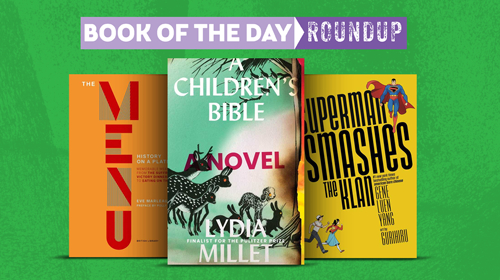
Superman Smashes the Klan

Gene Luen Yang
Gurihiru, illustrator
DC Comics
Softcover $16.99 (240pp)
978-1-77950-421-0
Buy: Local Bookstore (Bookshop), Amazon
In Superman Smashes the Klan, the hero helps two Chinese American kids in 1946 Metropolis.
Inspired by a 1946 Superman radio series, the story follows the Lees and their children, known by their Americanized first names Tommy and Roberta. They move from Chinatown to an area of Metropolis where differences are not always welcome. Here, Superman fights against The Atom Man, a Nazi-sympathizing villain, and is exposed to the villain’s Kryptonite-fueled armor, prompting a series of dreamlike interactions with his deceased parents.
Superman’s battle with the Klan of the Fiery Cross is at the book’s center, complemented by the Lees’ situation, which parallels Superman’s own struggle to come to terms with his identity as a foreigner. Roberta and Tommy are brave characters; they work to adapt to difficult circumstances. Also resonant is Chuck Riggs, who loses his spot on the baseball team to Tommy. Chuck’s uncle, a member of the Klan, encourages him to take revenge, but torn between family loyalty and his own conscience, Chuck instead looks to the example of his hero, Superman, for guidance.
The book’s art, by the Japanese studio duo Gurihiru, is an appealing blend of traditional Western comic storytelling with hints of Eastern manga influence. The colorful interiors evoke 1946 with their automobiles, clothing, and architecture.
Yang ends the book with an informative and moving essay, “Superman and Me,” that recounts his family and personal experiences alongside background information about the Ku Klux Klan and the impact of Superman’s national stance against the group. Superman Smashes the Klan is an memorable example of the power of a beloved character to both reflect and affect the real world.
PETER DABBENE (April 27, 2020)
The Menu
History on a Plate
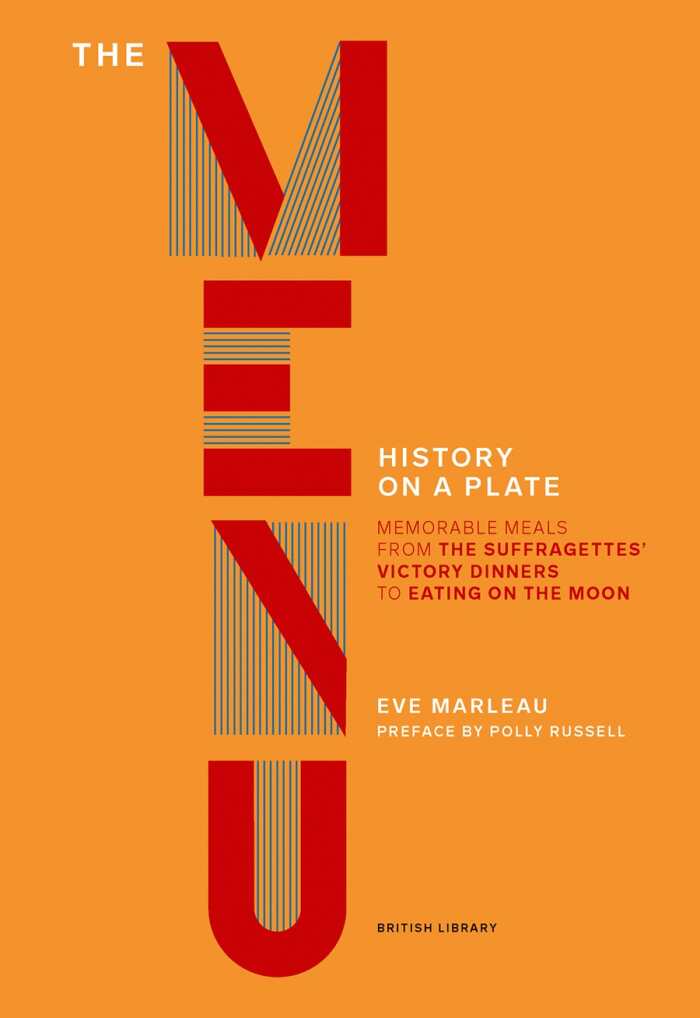
Eve Marleau
British Library Publishing
Hardcover $35.00 (224pp)
978-0-7123-5300-7
Buy: Local Bookstore (Bookshop), Amazon
In The Menu, Eve Marleau looks back on historical menus as a “fascinating reflection of cultural history and shifts in social trends.” She observes that “there is something tantalising about a menu—it’s simultaneously a promise, an invitation and a set of directions.”
The book includes menus that are revolutionary, that encapsulate social and political change, and that are outrageous and decadent. Each is prefaced by a short paragraph; illustrations of the menus in question help to explain their significance in history. Some entries are as direct as a 1940 wartime dinner menu from the UK, comprised of Bacon Hot Pot, Shredded Cabbage, and Dumplings with Syrup. An unusual Christmas menu from the 1870 siege of Paris includes stuffed donkey’s head because of food shortages; a suffragettes’ victory menu from 1918 is a meaningful addition.
The book’s starter menus are historical starting points for food habits that have since become commonplace. Popcorn, candy, and soda at a movie theater, now considered essential, were not menu items there until the Great Depression. The book’s main menus track social changes and major events around the world, including the introduction of school dinners in 1944, what astronauts ate at the time of the moon landing (the menu reveals: dehydrated food) and what Khrushchev ate when he visited President Eisenhower in 1959 (an all-American menu, designed with intent). Such menus are a reminder of how many important events involve food.
The book moves toward menus that are celebratory, frivolous, creative, and indulgent. Celebrated French chef Marie-Antoine Carême’s over-the-top menu for a dinner hosted by Prince Regent offered no less than seventy dishes. Meanwhile, Haggis, Neeps, and Tatties; Sheep’s Head; and whiskey were on the menu for the very first dinner celebrating Scotland’s poet, Robert Burns. The Menu is an original reading of history that’s packed with clear information.
ERIC PATTERSON (April 27, 2020)
A Children’s Bible
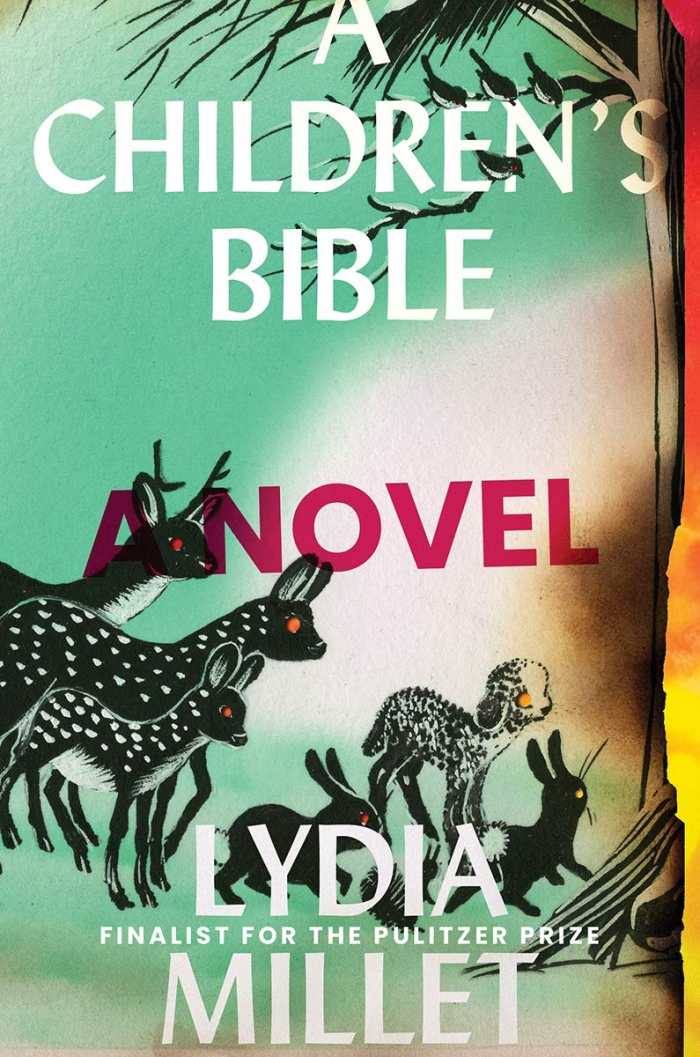
Lydia Millet
W. W. Norton & Company
Hardcover $25.95 (224pp)
978-1-324-00503-2
Buy: Local Bookstore (Bookshop), Amazon
Imagination is a lifeboat, and complacency an albatross, in Lydia Millet’s visionary novel A Children’s Bible.
A gaggle of families converge at an ocean-adjacent mansion for a summer of revelry and reconnections, bringing with them the tensions of their outside lives and a host of their dubious children. The younger generation resolves to ignore their parents, connecting to one another in relative anonymity. They explore the nearby beaches and streams, experiment with intimacy, and take care of the youngest among them. Their parents self-medicate their way through nights and days.
Among the children is Evie, who wishes that the adults would acknowledge the challenges to come. Glaciers are melting and species dying off; the rich are building inland bunkers and planning for the apocalypse. But instead of preparing, her parents insist on functioning “passably in a limited domain. Specifically adapted to life in their own small niches,” even if it leaves their children flailing.
When the storm finally hits, Evie and her cohort take charge, wrangling the children and relocating them to a nearby farm. Their parents stay behind, among the murk of the hurricane’s detritus and languishing under a virus not familiar in their climate. The children bring with them an illustrated children’s Bible that Evie’s brother translates for them: God is science. And science can either kill or restore.
In the sometimes surrealistic A Children’s Bible, the young and savvy inherit the Earth; the meek fade away. Eerie biblical illusions—to crucifixions; old lives left behind; angels, saviors, and tormentors; and plagues and resurrections—couple with stark, realistic examples of how human beings behave when they’re pushed past the familiar. That its young cast remains so centered, even as waters rise and systems collapse around them, is part of what makes this atypical cli-fi novel so riveting.
MICHELLE ANNE SCHINGLER (April 27, 2020)
A Wave of Stars / La ola de estrellas
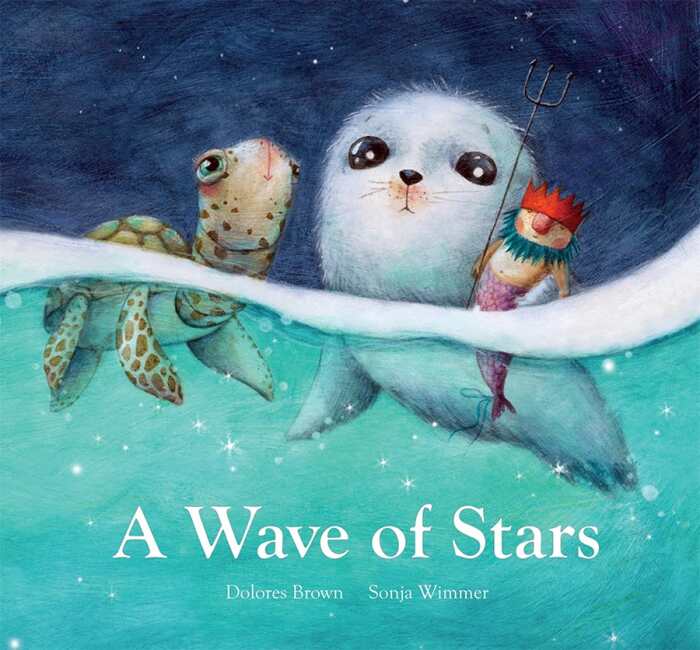
Dolores Brown
Sonja Wimmer, illustrator
nubeOCHO
Hardcover $16.95 (44pp)
978-841767341-3
Buy: Local Bookstore (Bookshop), Amazon
An old octopus weaves a tale of mystery and magic for a gathering of young sea creatures who get caught up in the spell. The book’s beautiful full-color spreads and panels are interspersed with black-and-white line drawings as a white seal and turtle succumb to the legend of the moon rainbow, embarking on a journey that sends them out of the waves and onto dry land. The book is available in both English and Spanish language formats.
PALLAS GATES MCCORQUODALE (April 27, 2020)
Spirits of the Coast
Orcas in Science, Art and History
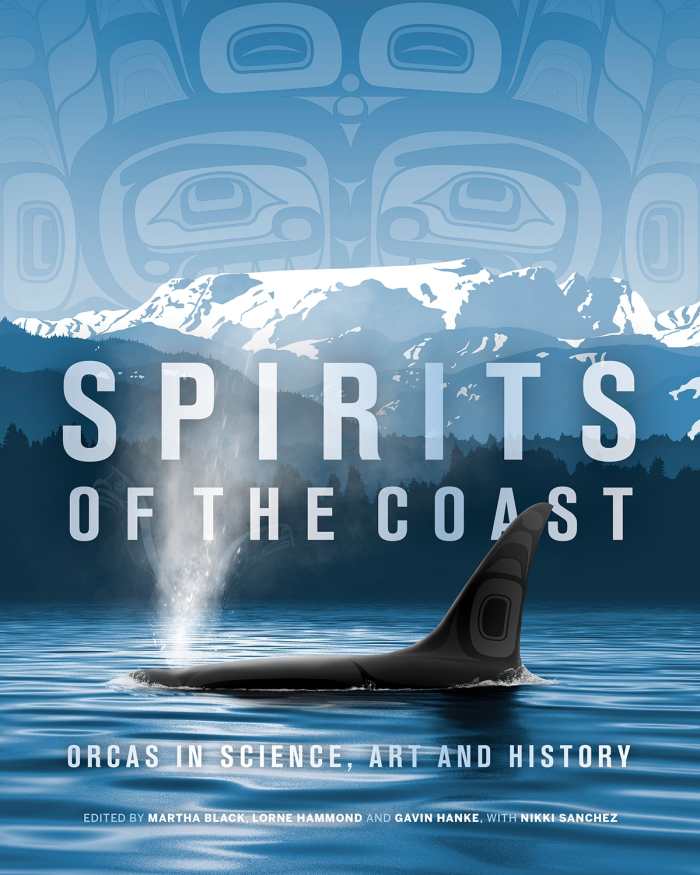
Martha Black, editor
Lorne Hammond, editor
Gavin Hanke, editor
Nikki Sanchez, editor
Royal British Columbia Museum
Hardcover $24.95 (216pp)
978-0-7726-7768-6
Buy: Local Bookstore (Bookshop), Amazon
In Spirits of the Coast, the companion book to the Royal British Columbia Museum’s 2020 feature exhibition Orcas: Our Shared Future, orca experts, artists, storytellers, and Indigenous wisdom keepers issue an invitation to understand, celebrate, and come together to protect these marvelous marine mammals.
The book reveals that, in the complex world of orcas, there is a matriarchal social structure and that family ties are strong. It relates that orcas communicate in a nuanced language with dialects that differ in different populations; their emotional expressions encompass joy, sadness, anger, and grief. Orcas also mourn their dead and engage in altruism; Indigenous stories recall orcas saving drowning people, guiding boats to safety, and revealing where food could be found in times of famine. As such, the Indigenous people honor orcas as kin, though white settlers have historically treated them as competitors to their fishers.
In the past, the book says, humans learned about orcas from captive individuals, but we now know better than to regard orcas as monsters to be shot on sight, or as creatures that it’s okay to tear from their pods and keep in small tanks, training them to provide entertainment. And yet this new awareness is not enough: overfishing and climate change are depriving orcas of their main sustenance, the seas are becoming more acidic and polluted with plastics and noxious chemicals, and ever-increasing underwater noise from industry and marine traffic hinders the echolocation that orcas rely on to communicate with each other and hunt.
With its heartfelt essays and stunning photographs of orcas in moments both intense and tender; colorful examples of Indigenous orca art, both historic and contemporary; and stories, legends, and science, Spirits of the Coast makes it clear that the survival of magnificent orcas “isn’t about managing the ocean, it’s about managing humans.”
KRISTINE MORRIS (April 27, 2020)
Barbara Hodge
